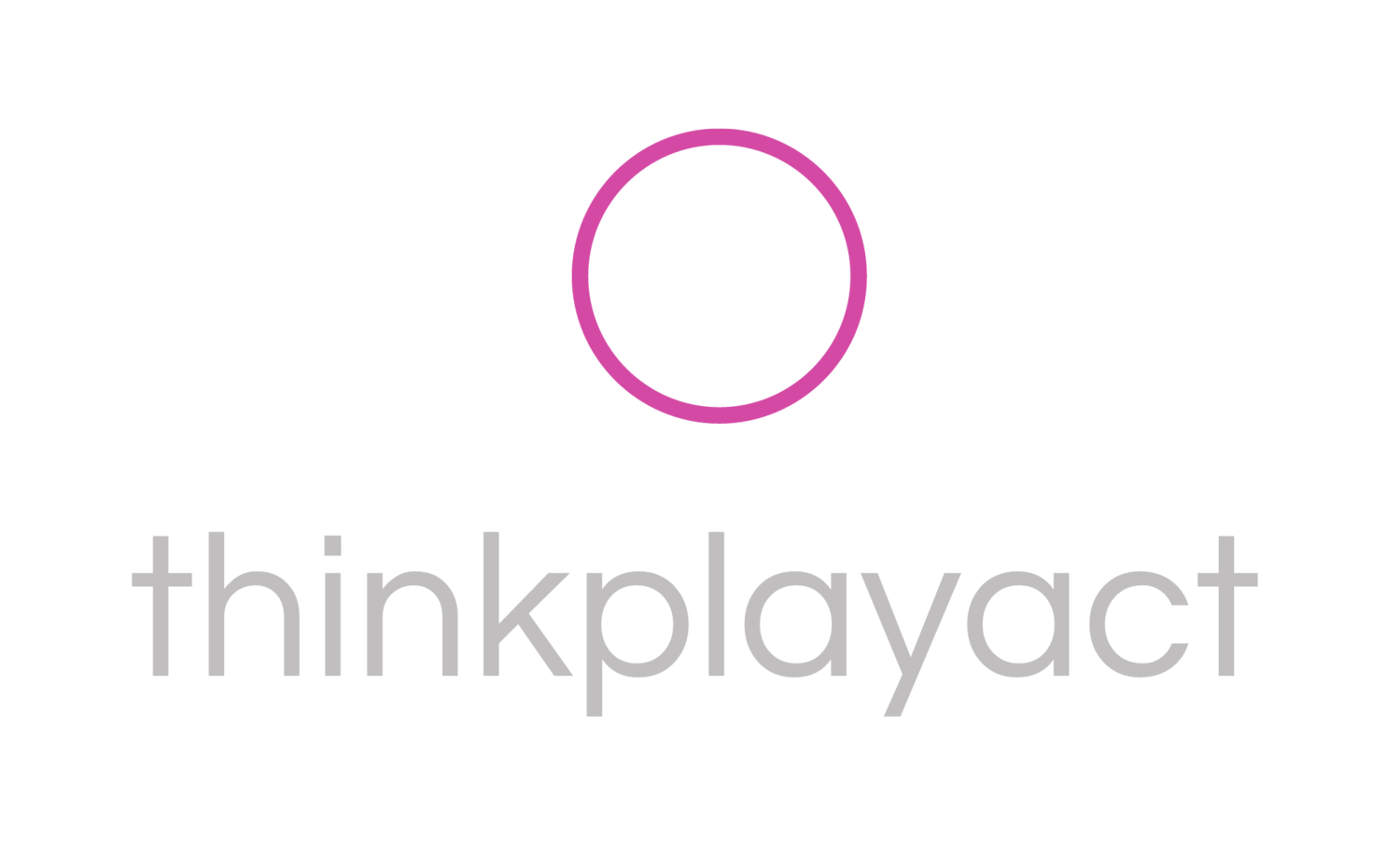steps to customer centricity - the customer experience
/In a business environment that is asking managers to constantly adapt to new technologies, new competition and changing customer expectations, a customer-centric culture has become paramount. Managers must learn how to develop a customer-centric mindset, culture and strategic positioning if they are to grow their businesses (and indeed their careers).
One of the challenges to building customer-centricity is the tendency to fall back on traditional ways of doing business. I’ve seen some organisations design operational and customer service models based around their traditional processes and then overlay customer experience like a checklist that is then ticked off. It’s understandable, because it’s the way they’ve traditionally looked to creating customer processes.
But if you want to create a customer-centric organisation you need tobuild operational processes around what the customer is trying to do (not the business).
There are three key steps that can help you build customer-centricity and bring a customer strategy to life. In my past posts I spoke about the first two steps.
- Putting yourself in the shoes of the customer (customer personas)
- Understanding how customers experience the world (customer empathy mapping)
- Understanding customer experience with your industry and/or business (customer experience and utility mapping).
Today I talk about the final of the 3 steps: customer experience and utility. Understanding customer experience and utility is the most critical of all the steps because its where you connect the customer with your business. Customer experience is about looking at the customer experience holistically. Utility is about customers deriving value (or lack thereof) from an experience with a product or service.
Customer Experience & Utility
Understanding customer experience can help you create customer value and innovation in three key ways:
- Creating better customer service. Understanding customer experience and utility can help you refine your current business processes so they respond to what the customer is trying to do rather than activities of the business.
- Create differentiated value. Understanding current customer experience and utility within your industry can help you identify current customer pain points and unmet needs (note: these insights are very rarely picked up in customer research). These insights lead to value creation that exceeds current industry standards.
- Create new value innovation. Bring customer experience and utility to concept development of new products or services and you can createexceptional (and differentiated) customer value.
Each of the above situations is about making business decisions while looking through the lens of the customers experience rather than the business. It gives you a concrete understanding of where the opportunities for improved customer value and experience lie.
Customer Experience & Journey Maps
There are a number of different customer experience/utility maps or customer journey maps available. Some are designed for high-level strategic discussions (ie: to create differentiated value or new customer value). The Blue Ocean Strategy Buyer Utility Map is a good example. It groups customer value into to six key utility levers. It encourages you to look to the blocks to utility (ie. pain points or work-arounds) against each step of the customer experience cycle.
Customer Journey maps are more detailed and excellent for crafting new customer experiences and service design. After mapping a customer journey you consider the low points and high points of customer experience. With journey mapping you also consider customer touchpoints against interfaces, backend processes and operational policy etc. The customer journey map will help you to improve current customer experience or designnew products and services that customers value.
I suggest you bring various customer journey tools to strategy and operational meetings. You will soon work out which map is the most effective for which strategic conversations. Each will help you transition from a business-centric to a customer-centric organisation more effectively.

